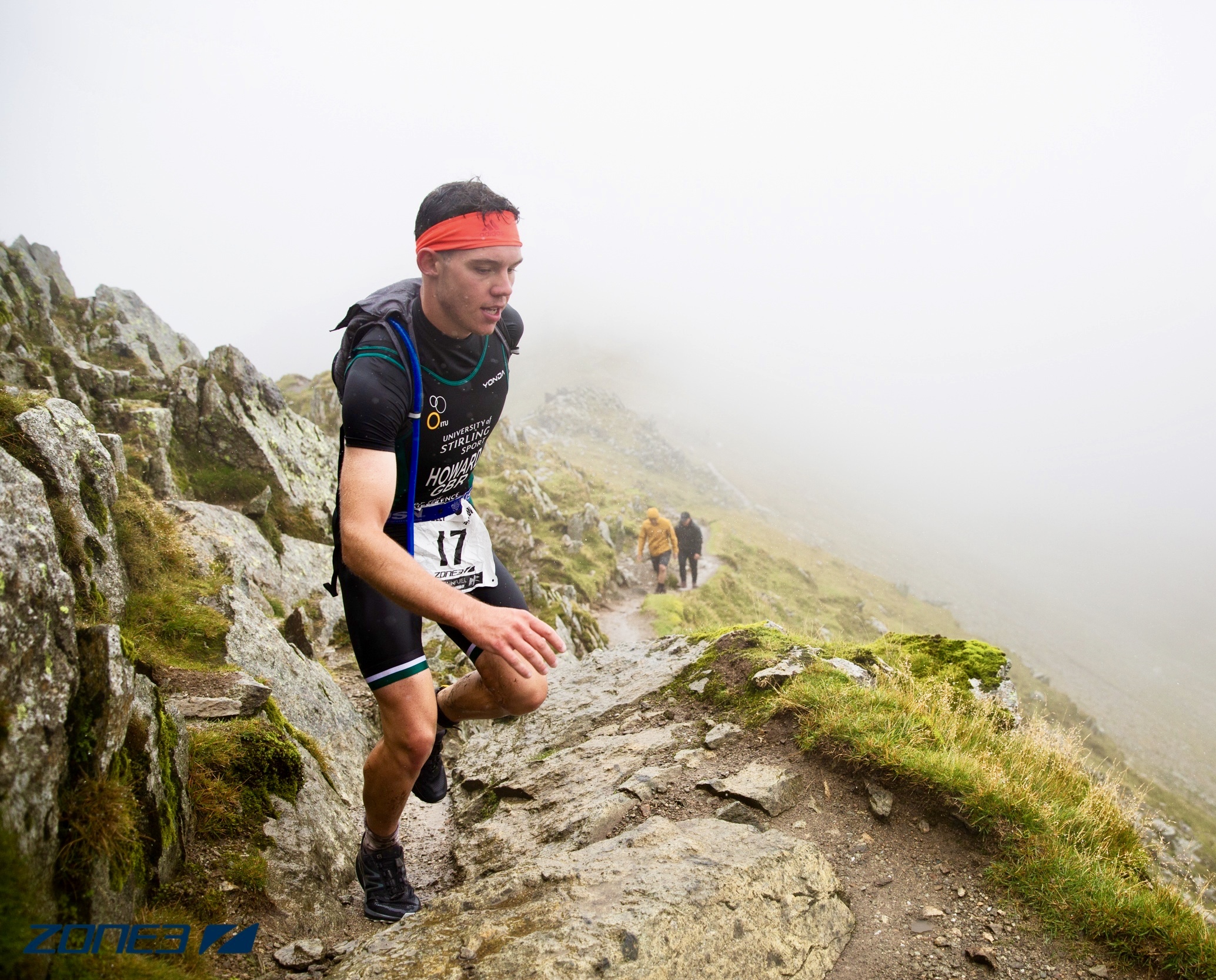Triathlon Swim: breathing technique
As a sport, triathlon is a rare entity and is unlike almost any other sport because it comprises three different movements, performed one after another, namely swimming, cycling and running.
The first of these disciplines swimming is often the biggest challenge for anybody entering triathlon. The major differences between swimming and land-based disciplines of cycling and running is that breathing in the water is a skill, in its own right, and a fairly advanced one at that. Until breathing in water becomes routine, effective focus on other aspects of the swimming stroke is impossible. But once you master breathing in water, you will be better equipped to develop your stroke technique more rapidly.
Novice swimmers are often obsessed by the need to breathe in when in fact the focus should be on breathing out. Most novice swimmers tend to hold their breath underwater instead of breathing out when swimming. This exhalation element can affect a swimmer’s balance in the water as well as stroke mechanic issues. Breathing out under water should be about twice as long as breathing in above the water. This will eliminate the need to spend precious air-time finishing the exhale therefore reducing the time the head is above water. When your face is submerged in water, you should be breathing out gently and bubbles should come out of your mouth or nose and breathe in when your head is above water for about a second to help build a comfortable rhythm to your breathing.
Training Tips: Open Water Swimming For Beginner Triathletes
At this point, it is worth mentioning that along with breathing, swimming requires full body coordination during the stroke cycle. Be aware that within one cycle of freestyle, a swimmer is required to complete upward of 15 distinct movements within the span of two strokes. As good as one may be at multitasking, that’s still a very complex series of movements within a very short period of time. A good swimming coach and of lot of practice will be required to master breathing and stroke technique.

Let’s look at three steps to master your breathing technique:
Step 1: Face in the Water
Keeping your face in the water is step one, because if you swim with your head up or your face out of the water, your legs and hips will invariably drop which requires you to push more surface area through the water, creating more drag and resistance. This in turn, increases your heart rate which cannot keep up with the oxygen demands of your muscles, making it harder to swim and leaving you feeling exhausted after swimming one length of the pool. That’s why you need to practice how to breathe first in your swim training until efficient swim breathing becomes automatic.
For the novice swimmers the trick is to focus on your breathing first to stay relaxed. By teaching yourself to stay relaxed you will be able to swim stronger longer. Have a good set of googles take a deep breath and submerged yourself in the shallow end and breathe out slowly under the water, when your lungs are half-full of air return to the surface breathe in and repeat the process. When you feel ready to swim take a breath and then focus on looking at the black line down the centre of the pool breathing out slowing until you’re ready to raise your head above water to breathe in. Never hold your breath through the process.
Step 2: Rhythmic Breathing
Once you are comfortable keeping your face in the water while swimming, you need to figure out how and when to breath. The critical action here is to begin exhaling through your nose/mouth as soon as you finish breathing in.
Try starting slowly with a single arm drill set. Start with both arms extended in front of you. On the first 25m keep your right arm extended and only use your left arm to take strokes breathing every 2nd stroke on your left side. On the second 25 yards keep your left arm extended and use your right arm to take strokes breathing every 2nd stroke on your right side.
Focus on fully exhaling underwater and then only rolling as far as necessary with your face pointed to the side of the pool to get a deep breath. If you can see the ceiling you are over-rotating. This drill set will help you maintain a a constant rhythm with no pausing.
Maintaining balance during the breathing is all about consistency. Ideally, your rotation during breathing and non-breathing strokes should be exactly the same, you want to avoid over-rotation. This makes it easier for you to keep you body balanced in the water. This will help you reduce your stroke count, leading to more efficient and faster swims.
Step 3: Bilateral Breathing
The good thing about bilateral breathing, it will help you create and maintain an even stroke and improve mechanics on both sides of your body. Bilateral breathing is simply breathing to both sides while swimming front crawl. A common pattern associated with bilateral breathing is to take a breath every three strokes. In this case, you would first take a breath to your left, then keep your head down for two strokes before taking a breath to your right.
Breathing on each side teaches you to take more balanced strokes and allows you to switch comfortably as the situation requires. This is especially helpful when swimming in the open water where you need to sight buoys and often have to avoid getting a mouthful of water from waves or other swimmers. It’s also a handy surival skill when locked into the chaos of the dreaded Triathlon ‘washing machine’ swim start.
Breathing bilaterally in training helps you develop a nice symmetrical stroke technique so you swim inherently straighter, meaning in Open Water Swimming you have to sight less frequently to swim straight and make far fewer corrections
Try this swim set to help you beat the Bilateral Breathing Barrier. Swim 3 sets of 5x 100m. Take 15 seconds rest between each 100m and 45 seconds rest between each set of 5. Swim the first set only breathing to your left (preferably every 4 strokes), the second set to your right (preferably every 4 strokes) and the third set bilaterally (every 3).
Conquer the breathing challenge by injecting the above stages into your training and you will, in the course of time , develop a more rounded freestyle and teach your body how to manage its oxygen intake more efficiently for faster swim times.





